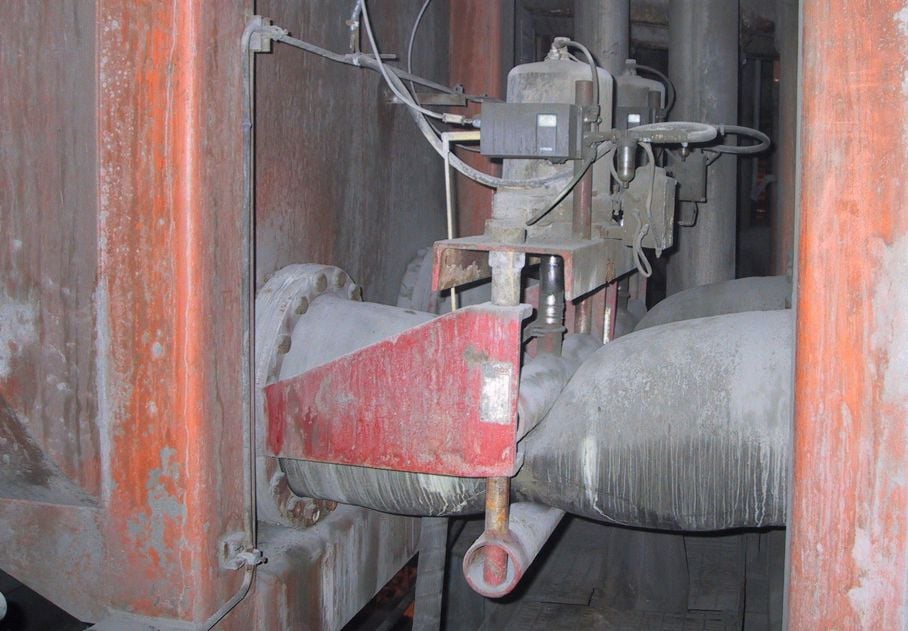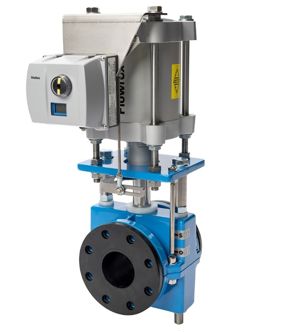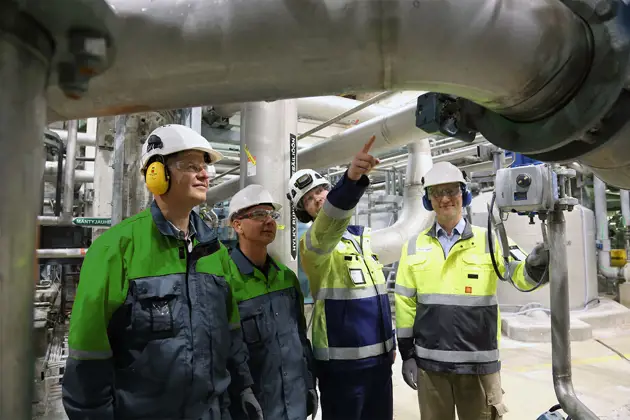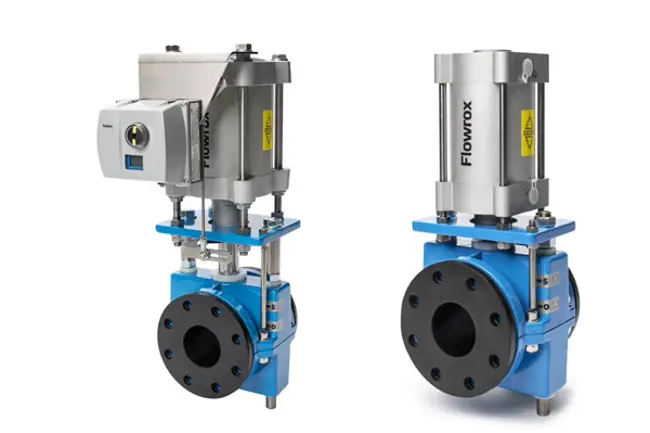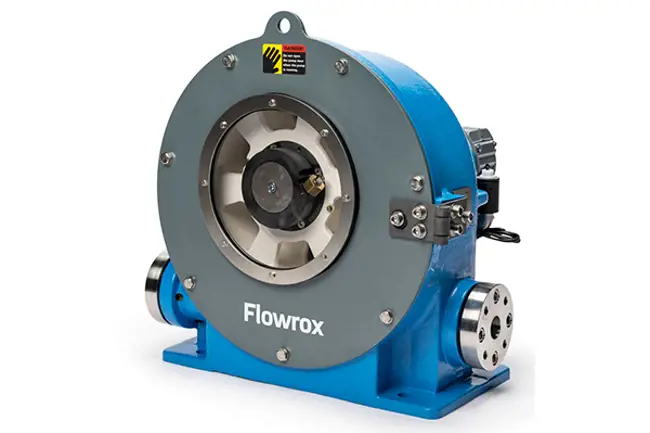Flotation cells have typically been controlled by dart valves, yet, in recent years some customers, OEMs, and consultants have begun to recommend pinch valves for flotation control valves. In certain cell designs, the dart is housed within a metal box on the outside of the flotation cell. This structure adds to the cost of the cell, whereas a pinch valve can be connected directly to the cell with a simple flange. The pinch valve is equally as productive as the dart valve and increases the flow capacity in one valve rather than, in certain cases, two dart valves. With flotation columns, conversely, there is ample driving head to the inlet of the control valve. However, this type of flotation has a risk of control valve cavitation if downstream piping does not supply sufficient back pressure.
One common way to create head pressure is to use a barometric leg or J piping arrangement after the control valve to create this back pressure. Without this consideration, many types of valves may cavitate and cause short valve lifetime. In flotation, the goal is to have an accurate control valve with a long mean time between failures to keep the flotation at peak operational performance. Pinch valves are also ideal for column flotation control. In this application, a pinch valve uses a rubber sleeve inside the valve to protect against the abrasive flow stream. The rubber sleeve typically lasts longer than metallic valves due to its superior abrasion resistance. The valve can be controlled via a 4-20 mA signal with a smart positioner, with pneumatic actuation, or also via an electric actuator equipped with 4-20 mA capability. At the same time, pinch valves very accurately control the column or cell level with no performance issues.
